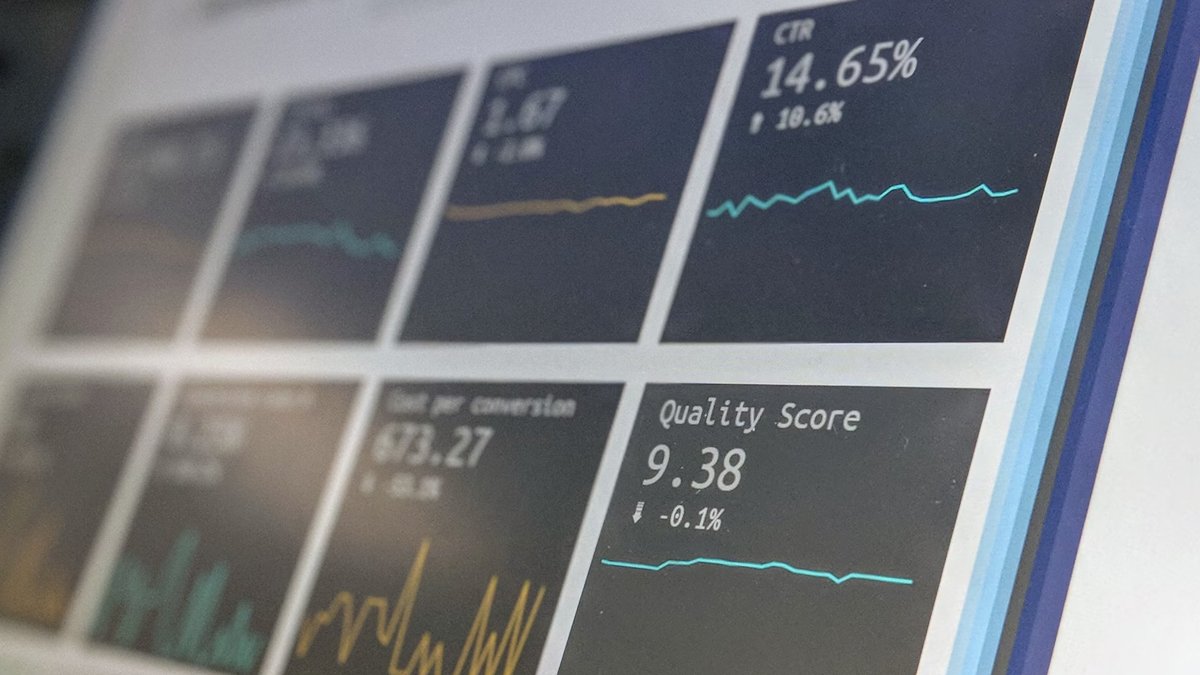B2B marketing campaigns continue to evolve with the rise of new technologies, shifting customer expectations, and innovative strategies. To stay ahead, businesses must adopt an agile, data-driven approach prioritizing personalization, engagement, and seamless customer experiences. A successful campaign effectiveness today goes beyond just leveraging cutting-edge tools and AI; it’s about building authentic relationships, understanding buyer intent, and creating value at every interaction. In this blog, we explore the key elements that make a B2B marketing campaign successful in 2025 and how companies can use these strategies to fuel growth and stay competitive.
What is a Marketing Campaign for B2B?
A B2B campaign strategy is a targeted strategy designed to promote a company’s products or services to other businesses. Unlike B2C (business-to-consumer) marketing, which focuses on individual consumers, B2B marketing aims to engage decision-makers and key stakeholders within organizations. These campaigns typically utilize various marketing channels, such as email, content marketing campaigns, social media, and industry events, to build brand marketing awareness, execute successful lead generation campaigns, and ultimately drive sales.
The benefits of marketing campaign strategy are manifold. Firstly, it helps increase brand awareness among target businesses, leading to more qualified leads. Through tailored messaging, B2B campaigns address specific pain points, positioning the company’s offerings as effective solutions. Furthermore, B2B marketing campaigns leverage data and analytics to fine-tune strategies and optimize ROI. They enable businesses to track customer behavior, adjust tactics, and deliver personalized content that resonates with their audience.
Types of Marketing Campaigns
Here are types of B2B marketing campaigns that can help businesses develop an effective multi-channel marketing campaign plan, engage their audience, and achieve their goals.
Product Development Campaign
Product development campaigns are designed to generate exciting service launches. These campaigns focus on creating buzz anticipated content and exclusive previews. For B2B companies, highlighting the value proposition of a new offering can help differentiate the unique features and value propositions of a new offering can help differentiate the product and drive interest among target businesses.
Brand Development Campaign
Brand development campaigns focus on brand building, aiming to enhance brand awareness and establish a company’s identity in the market. These campaigns are often a company’s identity in the market. These campaigns often involve eye-catching visuals and emotionally resonant messaging to set the company apart from competitors. By telling compelling stories, B2B companies can humanize their brand and create deeper connections with their audience.
Email Marketing Campaign
Email marketing is a powerful tool for B2B companies, offering direct communication with potential clients. By segmenting email lists and delivering personalized content, businesses can nurture leads, share valuable insights, and keep their brand top of mind. It remains one of the most cost-effective and measurable campaign types.
Social Media Campaign
Social media campaigns enable B2B companies to connect with their audience on platforms such as LinkedIn, Twitter, and Facebook. By disseminating thought leadership content, interacting with followers, and implementing paid advertising, businesses can enhance brand awareness, increase traffic, and connect with key decision-makers.
Top Campaign Marketing Strategies for 2025
Here are the key steps to creating a successful marketing campaign plan in 2025, from planning and execution to optimization and scaling.
Step 1: Determine Your Objective and Budget
Define clear objectives for your lead generation campaigns—whether it’s attracting new prospects, boosting brand visibility, or converting leads into customers. When using ABM (Account-Based Marketing), focus on targeting high-value accounts with personalized outreach. Establish a budget that aligns with these goals, using historical data, industry benchmarks, or projected sales to guide your allocation. For B2B companies, budgeting should also consider the campaign’s scale and the specific industry you’re targeting to maximize marketing campaign effectiveness.
Step 2: Identify Your Target Audience
A successful online marketing campaign hinges on knowing your audience. Use demographic, psychographic, and behavioral data to define your target group. For B2B campaigns, consider company size, industry, and geographical location. Understanding where your audience consumes content—social media, email, or trade journals—will ensure your message reaches them effectively.
Step 3: Craft Your Message
Developing a compelling message is a crucial step in the marketing campaign process. Address their pain points and present your product or service as the solution. Your message should evoke emotions, highlight benefits, and include credibility elements like testimonials or case studies to build trust.
Step 4: Choose Your Media Channels
Select the right media channels to communicate your message. Online channels like social media, email, and search engine ads are key, but consider traditional media if it aligns with your audience’s preferences. The key is to focus on platforms where your audience is most active, ensuring maximum reach and engagement.
Step 5: Implement Your Campaign
Effective execution is a key part of campaign marketing strategies. Ensure smooth execution by having a well-coordinated team in place. This includes assigning roles, setting deadlines, and monitoring the campaign’s progress. Collaboration among departments, including marketing, sales, and finance, will ensure all aspects of the campaign run smoothly.
Step 6: Measure and Analyze Results
Evaluate your multi-channel marketing campaign’s effectiveness using key performance indicators (KPIs) like conversion rates, ROI, and audience engagement. Use analytics tools to track performance and identify areas for improvement. This data will guide future online marketing campaign strategies and optimize your campaign analysis over time.
Step 7: Adjust and Optimize
Optimization is a crucial phase in the marketing campaign process. Based on the insights gained, tweak your account based marketing campaign to maximize its impact. This might involve refining your message, changing media channels, or re-adjusting your budget. Continuous testing and optimization are crucial to ensuring your campaign remains relevant and effective.
Step 8: Scale and Expand
If your campaign analysis indicates that your campaign for B2B is successful, explore ways to scale it for greater reach. This could involve increasing your budget, expanding to new markets, or extending your campaign timeline. Building on your success can lead to sustained growth and better returns on investment.
Success Stories: B2B Marketing Campaigns
Here are four successful marketing campaign examples, each highlighting innovative strategies that led to impressive outcomes:
HubSpot’s Inbound Marketing Revolution
HubSpot transformed marketing by focusing on inbound marketing campaigns—attracting customers through valuable content rather than traditional advertising. They leveraged blog posts, free tools, and guides to establish thought leadership. This strategy generated massive leads and positioned HubSpot as the go-to resource for inbound marketing campaigns, significantly enhancing brand authority and customer trust.
Dropbox’s ‘Life Inside Dropbox
Dropbox’s recruitment campaign showcased behind-the-scenes content, from employee stories to the company’s future vision. Targeting potential candidates, the campaign highlighted Dropbox’s culture and values across blogs, videos, and social media, positioning the company as a top choice for tech talent and building long-term brand loyalty.
Adobe’s Marketing Cloud Transformation
Adobe rebranded its suite as Adobe Marketing Cloud, emphasizing digital marketing solutions. Through content marketing campaigns, social media, and customer success stories, the campaign demonstrated Adobe’s value. As a result, Adobe strengthened its dominance in digital marketing campaigns, increasing customer adoption and solidifying its position as an industry leader.
Conclusion
A successful B2B marketing campaign strategy in 2025 hinges on a balance of data-driven strategies, personalized messaging, and leveraging emerging technologies. It requires a clear understanding of the target audience, innovative content, and engagement across the right channels. By prioritizing customer experiences, building authentic relationships, and continuously optimizing efforts, companies can drive meaningful connections and maximize ROI. As the marketing landscape evolves, staying agile and adaptable will be key to achieving long-term success and remaining competitive in the ever-changing B2B environment. Ultimately, a well-executed campaign can pave the way for sustainable growth and strengthen brand loyalty.




